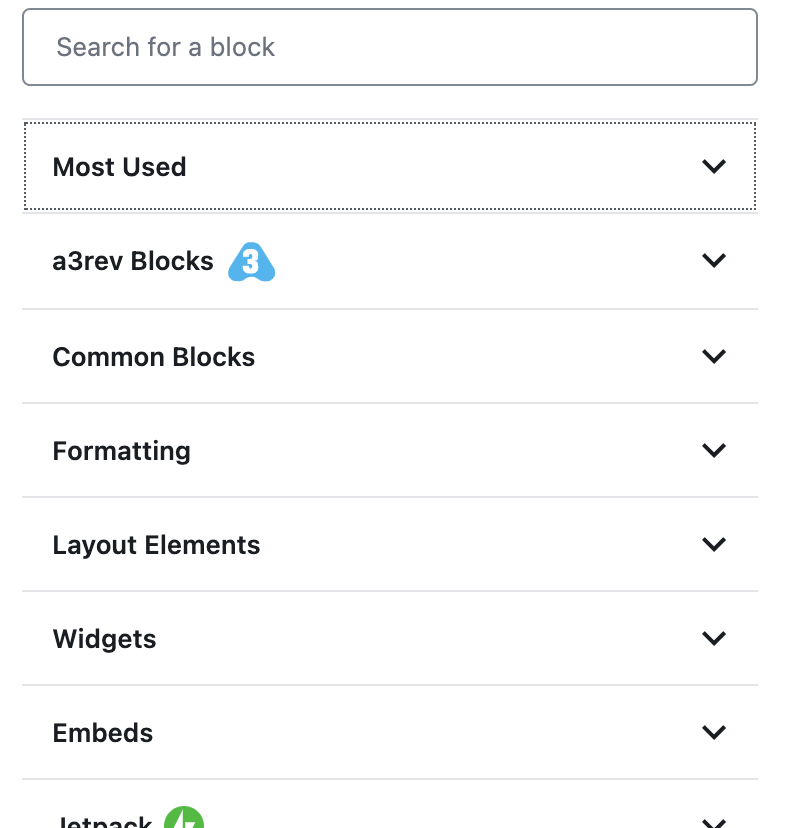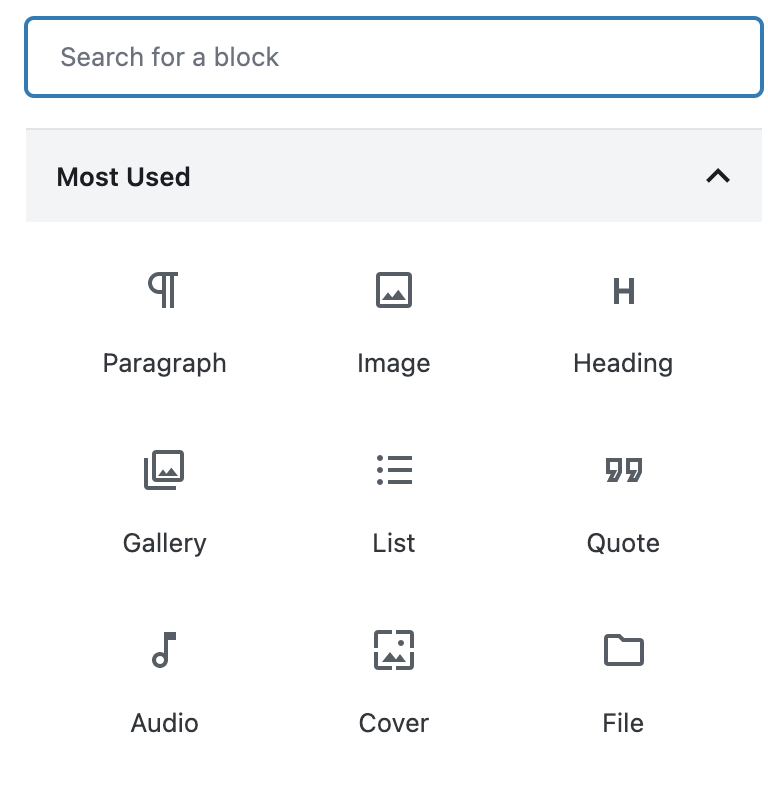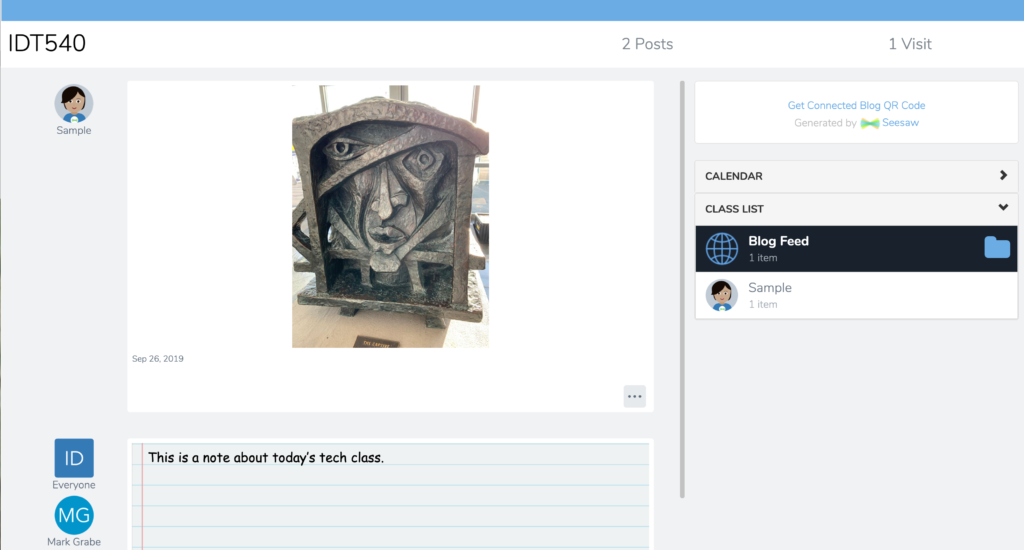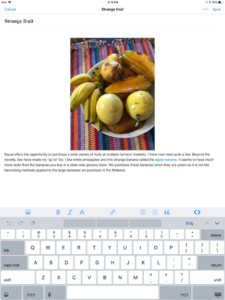I have had at least one blog since 2002. Since that time, I have also had control of the server on which my blog and other content I created was stored. At the beginning of this period of time, I worked at a university and was able to run a server through the university network. This translates as I had a dedicated IP for my site and once someone found my content and bookmarked the site, the site would always be available at that address. I can’t remember the exact address, but it did indicate my server was identified as a part of the more general university network.
When I began to generate free content I intended to supplement the textbook my wife and I had written through what was originally Houghton-Mifflin, I decided it might appear that even though the content I was offering was free to any viewer, it might seem I was using university resources to benefit me financially and so I began renting server space. I have continued to host my content through Bluehost since that time. This company provides services at multiple levels. My blogs make use of WordPress, but I have a general account because I use Bluehost for content other than blogs.
I spend about $200 a year for the server space and the cost of two domains (learningaloud and curmudgeonspeaks). I include this financial information because part of the issue of how you provide online content has a financial component. Among the financial issues are whether you want to make money and whether you want to minimize personal costs. None of the content on my server is behind a paywall and there are Google ads on some of my content. The income from ad clickthroughs is less than $25 a year. So, I must recognize that my site is a hobby and the inclusion of ads is pretty much a matter of personal curiosity. I follow the analytics my site generates as part of this hobby. The activity level the site generates is sufficient to maintain my interest, but has declined in this last decade. I attribute this decline to moving from having textbooks sold through a textbook company to self-publishing via Amazon. My motives for this transition have been documented in my blog posts and were related to my interest in investigating a different model for textbooks that combined a smaller and less expensive book with online resources.
I am writing this post partly as an extension of a previous post that considered cross-posting my blog content to Medium and Substack. One way to look at the purpose of this post might be to explore the question of why with the availability of services such as Medium and Substack (and other outlets) would anyone want to continue to pay to host personal content. I am not alone in asking this question. My take is related to, but not equivalent to the concept of COPE (compose once publish everywhere), but focuses on different values and factors.
I find that a core belief I have about having a location where you store and host your own content has considerable overlap with my beliefs concerning the value of books. I believe book authors and content providers bring a perspective and context to their creative work that is not maintained in pieces of content experienced in isolation. You might argue that this is fine because as a consumer you will build your own understanding based on the elements of information you pick up from multiple authors. I agree you might and probably should do this. However, models of understanding are transferable and can be used to build on and contrast with personal efforts to develop understanding.
Yes, this sounds pretty abstract and vague. Think of what I describe as a model as a way of understanding – how you see things working and what causes what to happen. Ways of understanding (models) can be general and specific and they can be complete or incomplete. Sometimes we have flawed ways of understanding that seem to work in some situations, but we may at some point find our way of understanding does not work in others. We can be convinced we have things figured out when this is really not the case and only when we try our models in actual situations or compare them to the models of others with different and perhaps more experience that we see a bigger picture.
I have generated thousands of posts over the 20+ years I have been involved in blogging. I am certain some of my posts are naive and wrong and some may be inconsistent. Like a book, the collection does emphasize a limited set of ideas and provides connections among these ideas. These posts are tagged and organized so any interested party can explore related ideas to explore the broader context of my ideas. You just don’t get this with the selection of posts I add to Substack or Medium.
![]()




You must be logged in to post a comment.